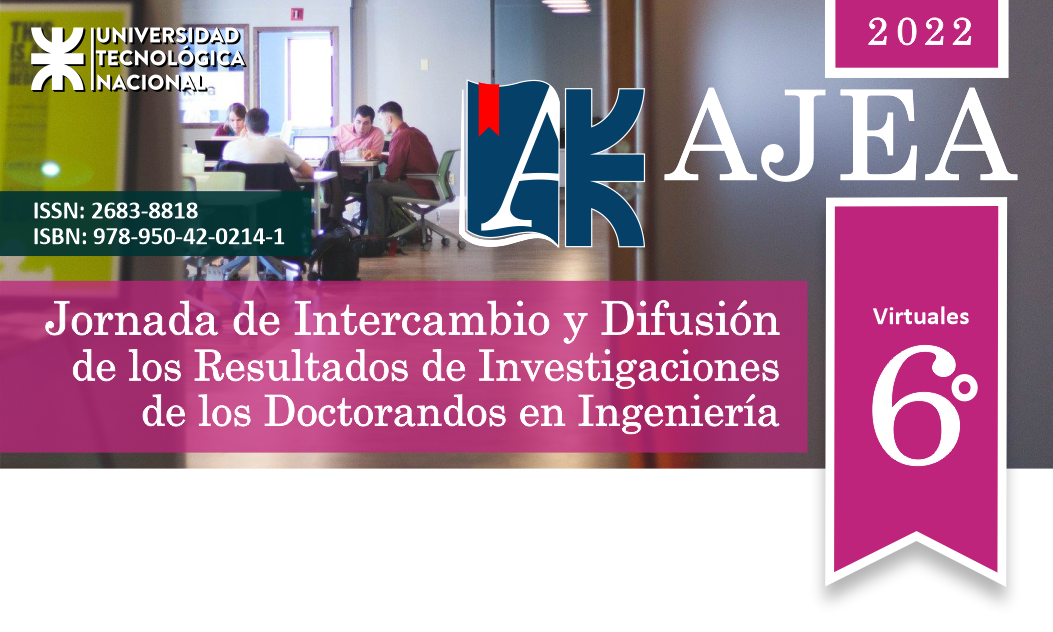Sustainable management of urban areas. Evaluation and diagnosis using geomatics tools
DOI:
https://doi.org/10.33414/ajea.1080.2022Keywords:
NDVI, spectral indices, Local Climatic Zones, spatial data, Mendoza metropolitan áreaAbstract
This paper presents the progress of the doctoral thesis, in which, once the local climatic zoning stage has been completed, the different zones are analysed and characterised using spectral indices. Various indices have been applied to analyse the dimensions vegetation, humidity, water stress and waterproofing due to urban use, but only the application of the NDVI spectral index, used to analyse and quantify vegetation cover, will be presented.
The results show small differences between zones 2 and 3, with values between 0.25 and 0.3, and then decline in zones 5 and 6 to values that hardly reach 0.2. There is a significant increase in zones 8 and 9, which have better vegetation conditions. This makes it possible to identify the zones that need intervention to achieve a rehabilitation of the urban canopy, the worst results of the index being in LCZ 6.










